Peli Products and the manufacturing sector go hand in hand. We produce packaging and lighting products that are used extensively by professionals in the industry. In fact, Peli itself is a manufacturing organisation, so suffice it to say, we’re knowledgeable of the sector.
Thus, we’ve put together a short overview of the manufacturing sector, answering some common questions and going over briefly how we help those within the industry with our line of products.
What is Manufacturing?
First thing’s first, what is manufacturing? According to Investopedia, manufacturing is a value-added process of turning raw materials or parts into finished goods through the use of tools, human labour, machinery and chemical processing.
The idea with manufacturing is to do so efficiently to achieve economies of scale, or in other words, producing more units at a lower cost per unit. This will result in being able to sell those products at a higher cost over the value of the raw materials used in the manufacturing process. This is when the profits start rolling in.
Brief History of Manufacturing
Historically, humans have sought to turn raw materials into finished goods to make a profit. These raw materials can be things such as ore, wood, metals, minerals, and fossil fuels, to name just a few. By taking these raw materials and turning them into something that is useful for other humans to use, this has resulted in what we previously referred to as added value. Obviously, doing this in a more efficient way increases the profit that can made through this process, which is what makes manufacturing and improving its efficiency so valuable.
Having said that, before the Industrial Revolution, most products were handmade using human labour and basic tools. This, as you might imagine, is not very efficient. However, by the 19th century the Industrial Revolution was in full swing and brought with it the advent of mass production, assembly line manufacturing and the use of mechanisation and machinery to produce larger quantities of goods at a lower cost.
Types of Manufacturing Production Methods
There are various manufacturing production methods, but we’ll go over three common types of manufacturing processes here: Make-to-Stock (MTS), Make-to-Order (MTO) and Make-to-Assemble (MTA).
Make-To-Stock
In the MTS method, goods are manufactured to be held in stock at stores, or showrooms or warehouses. What this implies is that a market for the goods needs to be predicted so that the items can be made and ready in advance for the consumer. This process is referred to as demand forecasting. Forecasting is not an exact science, but it can be fairly accurate through a range of processes and calculations, taking into account all kinds of events, largely past performance as a proxy for the future. We won’t get too much into demand forecasting in this post; however, just keep in mind, it’s basically predicting the future desire for a certain product by the market to make sure enough goods are produced, but not too many—making sure to hit that sweet spot.
Make-To-Order
The MTO method, as the name implies, involves the manufacturer waiting until orders are received before the production of the product begins. This has its advantages as far as inventory management goes and, in some cases, makes it easier to react to market demand. One drawback is that it requires a potential customer to wait for their products to be made by the manufacturer after the order is placed, while the manufacturer also will require a steady stream of orders to keep the manufacturing site in production and profitable.
Make-To-Assemble
MTA is similar to MTS in that the manufacturer produces units in advance. However, the main difference here is that the manufacturer produces component parts of the finished good and assembles the parts into the finished goods upon order.
Why choose one production method over another?
There are various other manufacturing production methods; however, we’ve chosen to just highlight those above in this piece. Nevertheless, no method is perfect. All have their advantages and disadvantages, while the manufacturer in any case must consider the risks related to supply and demand.
As we mentioned previously, organisations want to hit that sweet spot. You don’t want to produce too much, because this may lead to increases in supply causing prices to drop, which hurts profits. However, producing too little could lead to customers going elsewhere, also hurting profits.
Why is Manufacturing important?
Manufacturing is not only important because it delivers goods desired and needed to the marketplace, but also for economic reasons. When economies perform well, the standard of living of a country’s populace improves. Manufacturing represents one of the most important components of a country's or economic union's economy.
Thus, it is important to monitor the health of the manufacturing sector for economists and finance professionals among others. This is done by monitoring things such as manufacturing employment, inventories and orders through manufacturing institutes who conduct surveys on a monthly basis.
One such institute is the Institute for Supply Management (ISM), which produces the ISM Manufacturing Report, summarising its findings monthly. Financial analysts and researchers eagerly await this report as they see it as a potential early indicator of the economy's health and where the stock market might be headed.
How does Peli help manufacturing industry professionals
The manufacturing industry involves the use of machines and other mechanical apparatuses that require regular maintenance. Maintenance often requires tools that are both fragile and expensive. Peli’s wide range of high-performance IP67 watertight cases are the industry standard solution for protecting such tools. Find out more about Peli’s cases by clicking on the button below.
In addition, maintenance of machinery requires lighting in many cases. Peli produces a wide range of headlamps, torches and work lights for just this type of job. This also includes ATEX safety-certified lighting for manufacturing facilities where hazardous potentially explosive atmospheres exist. Special explosion-proof machinery must be used in these areas to guard against possible catastrophes, including lighting. Peli lighting and ATEX safety-certified explosion-proof lighting allows maintenance professionals to light up the area in front of them, keeping them safe as they work.
Find out more about Peli’s lighting tools by clicking on the button below.






.png)





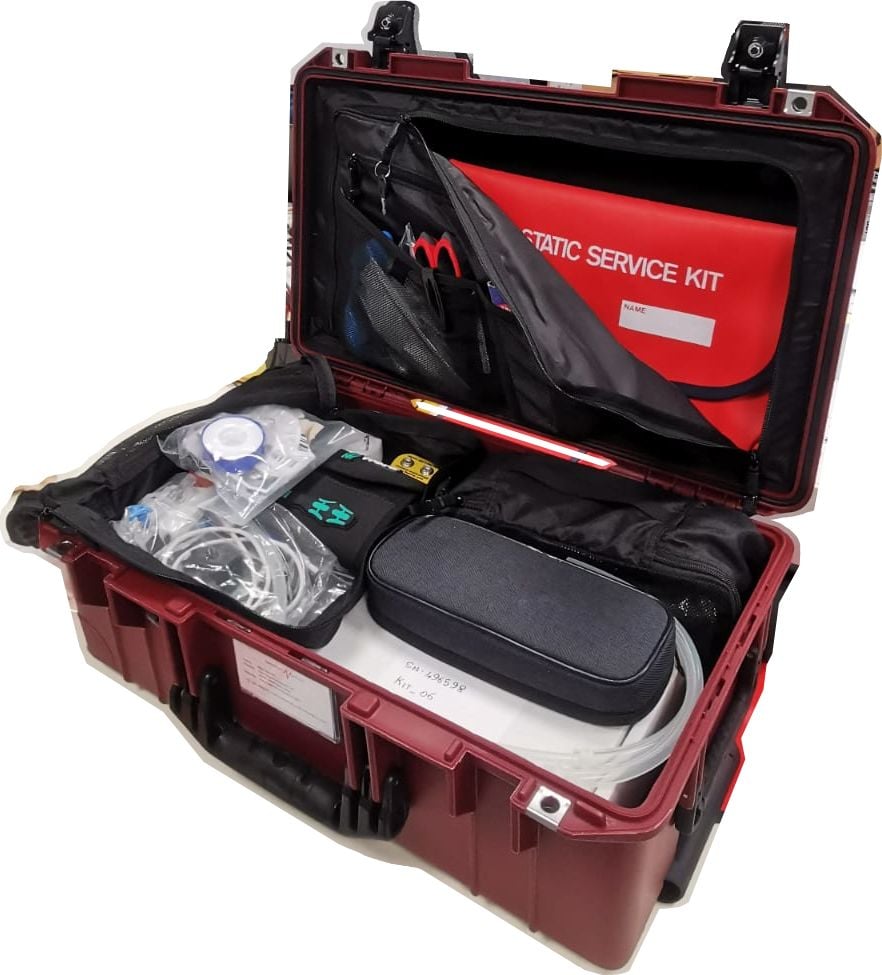
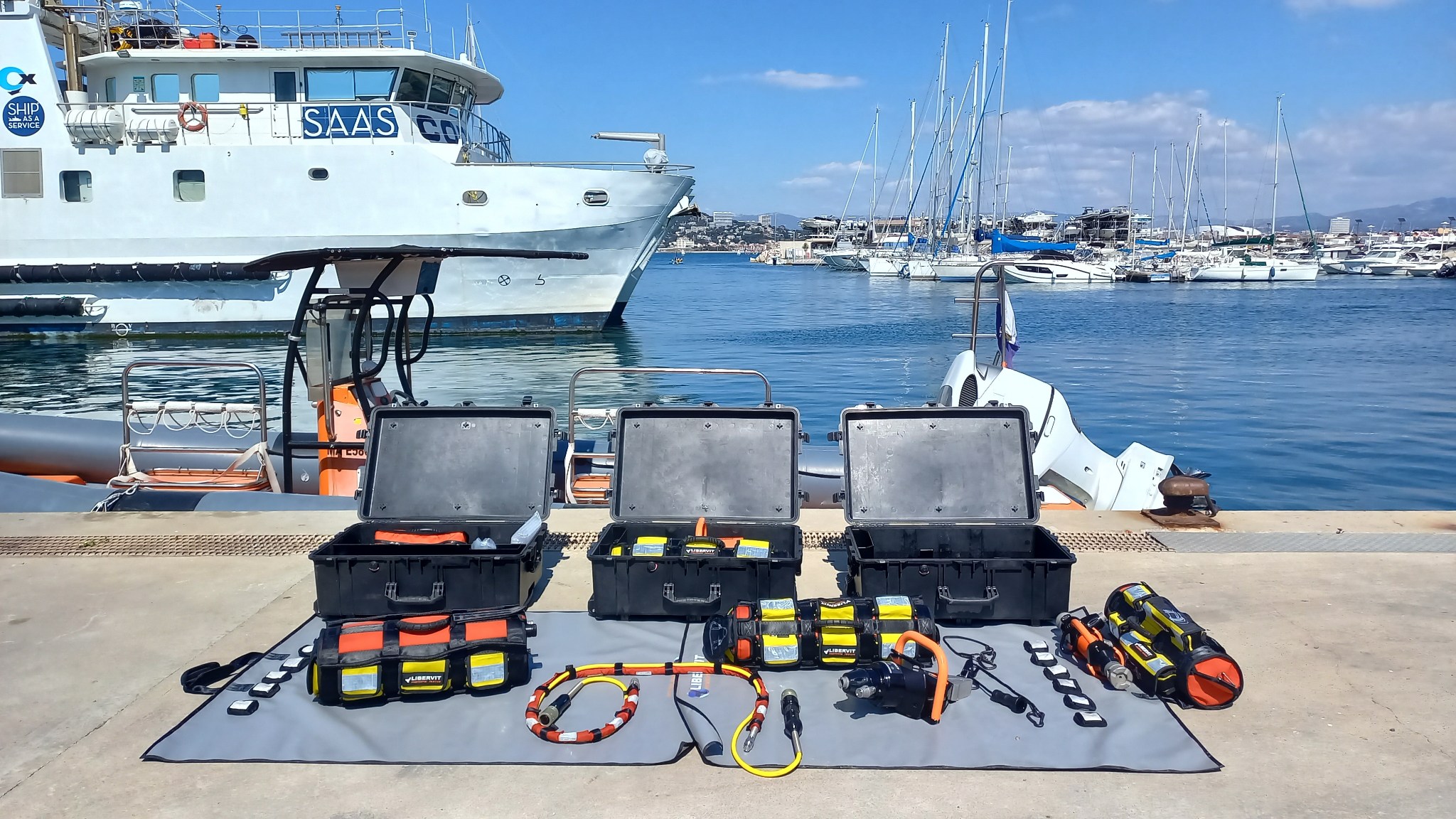
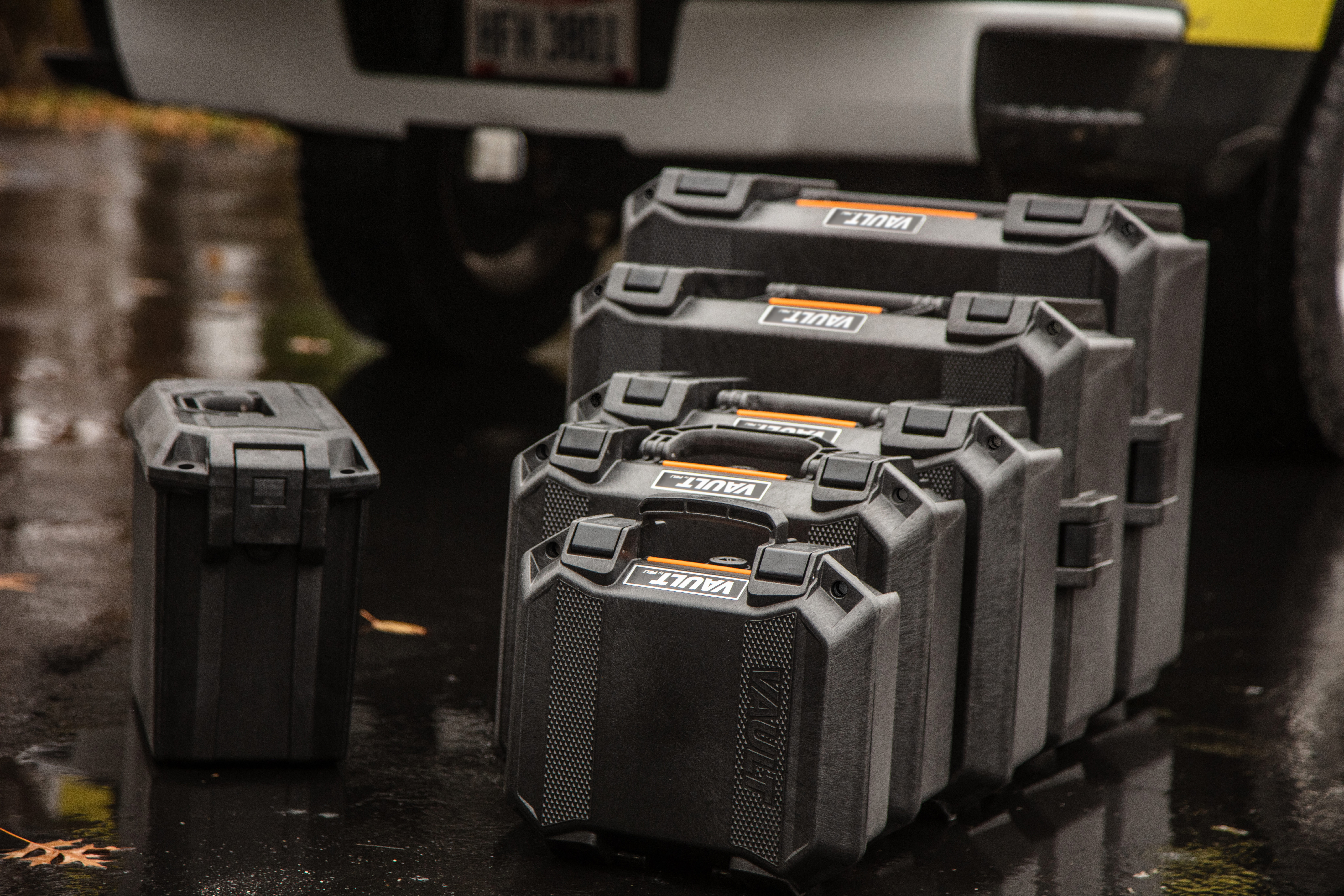
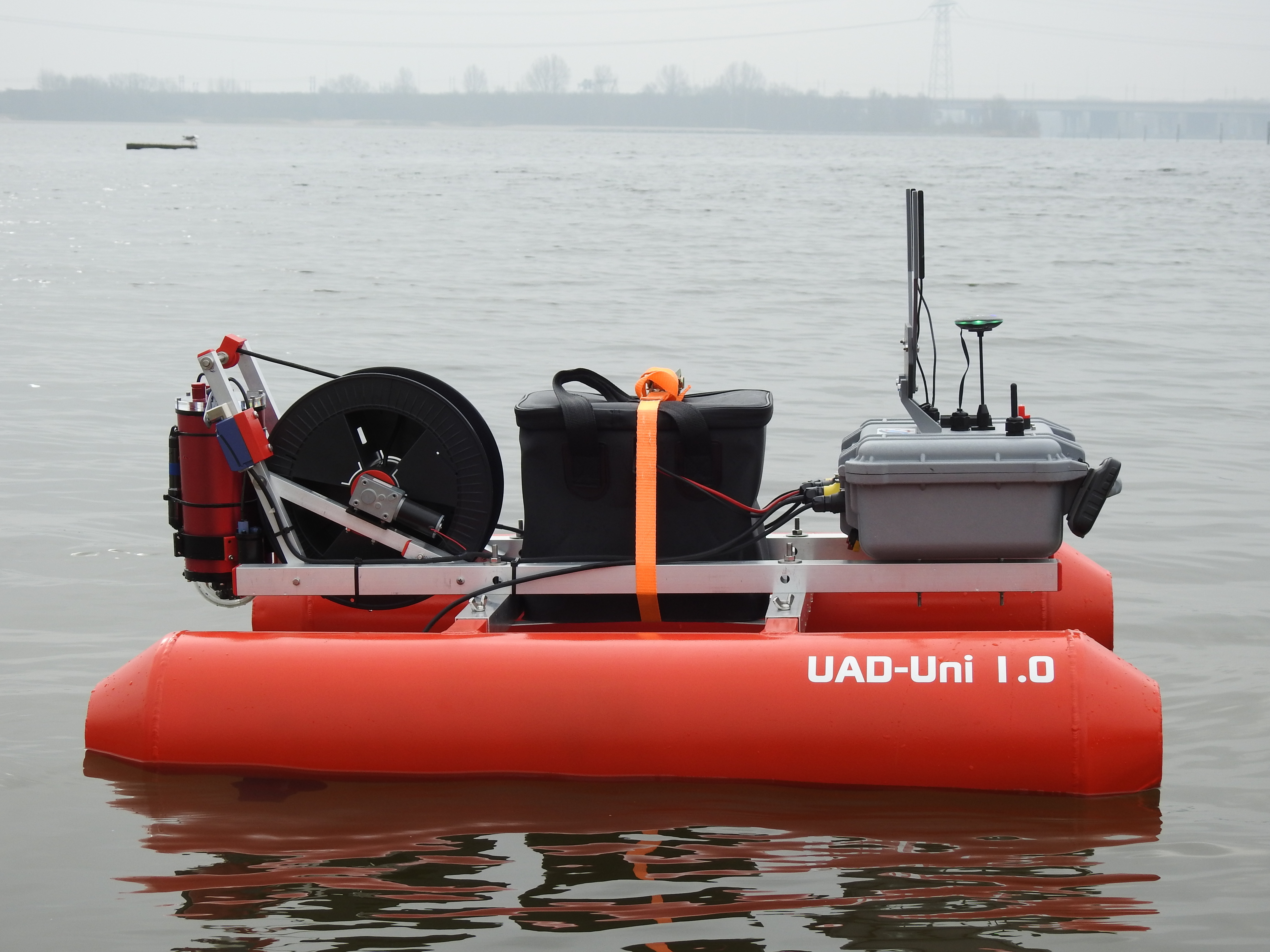





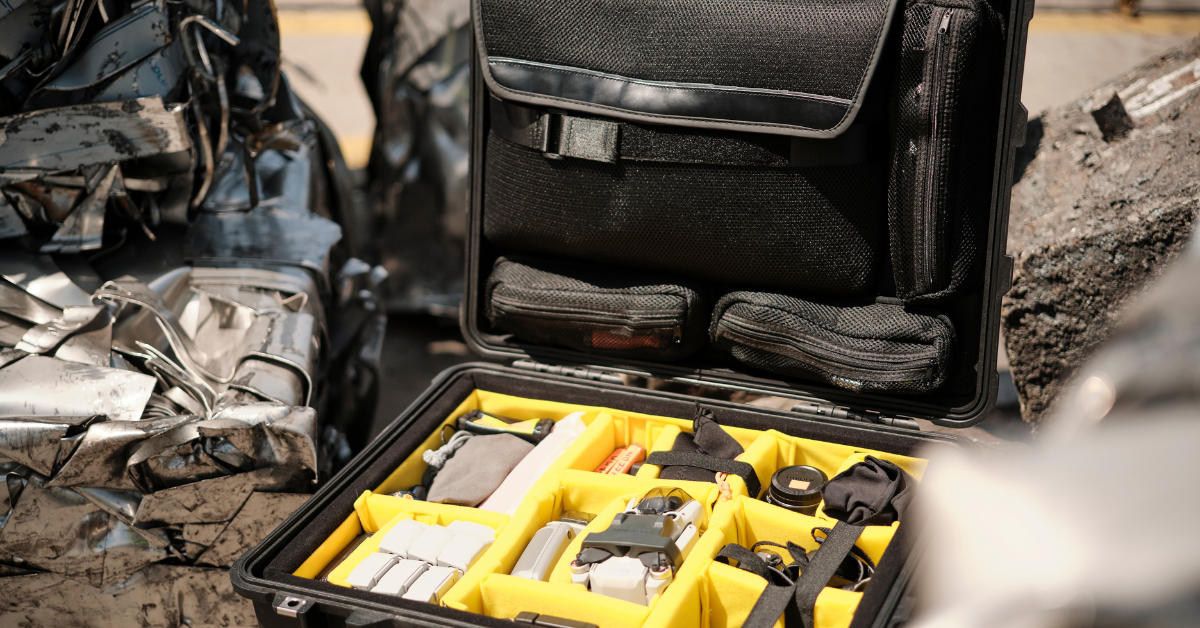
Post a comment